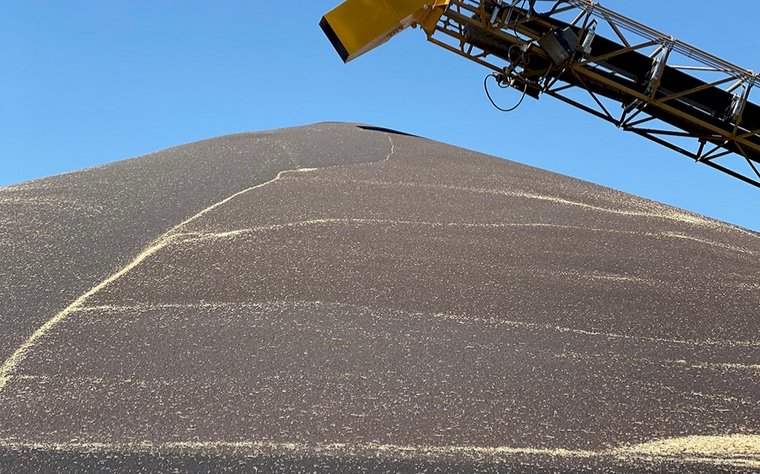Canola growers prepared for price volatility
- By: "Farm Tender" News
- Cropping & Grain News
- Feb 09, 2022
- 424 views
- Share

By Samuel Reichstein - AWB
New season canola prices are starting the year in nosebleed territory relative to other years, which makes canola a very attractive option to growers in 2022.
For reference on pricing, European canola seed November Futures this time last year were at 400 Euro per tonne, whereas November 22 Futures are currently at 615 Euro per tonne, a 50% increase year on year. When looking back at the last 5 years, November futures have been as low as 350 Euro per tonne at this time of year, which occurred back in 2017. Clearly there is a significant premium priced into the current market. It has been well documented as to why there was such a strong rally in canola prices through 2021, namely due to the Canadian drought amongst other factors.
Looking forward to 2022, prices are incentivising farmers to plant significant area to oilseed crops globally. If yields revert to longer term averages or above average, then global oilseed stocks will start to build again, taking the pressure off the lower supply story we are in now.
In addition to supply, there are a lot of macro-economic and political inputs at play with the unrest in the Black Sea and quickly rising inflation levels adding additional premiums into commodity markets.
As a result, assuming no major production issues in 2022 in the main producing regions of South America, North America and Europe, there is plenty of room for canola prices to move lower from these historical highs.
Clearly the gross margins for canola look positive on a spreadsheet, however given the rising input costs and production risk ahead, it would be prudent to budget on a lower canola price. If global oilseed production reverts to more “normal” levels, there is plenty of downside in current values.
If you have the confidence from a production risk perspective, starting your new crop canola marketing program could also be a good option to help manage the risk of paying record prices for inputs upfront and then seeing commodity prices fall through the Australian growing season, as a result squeezing profit margins.










Share Ag News Via